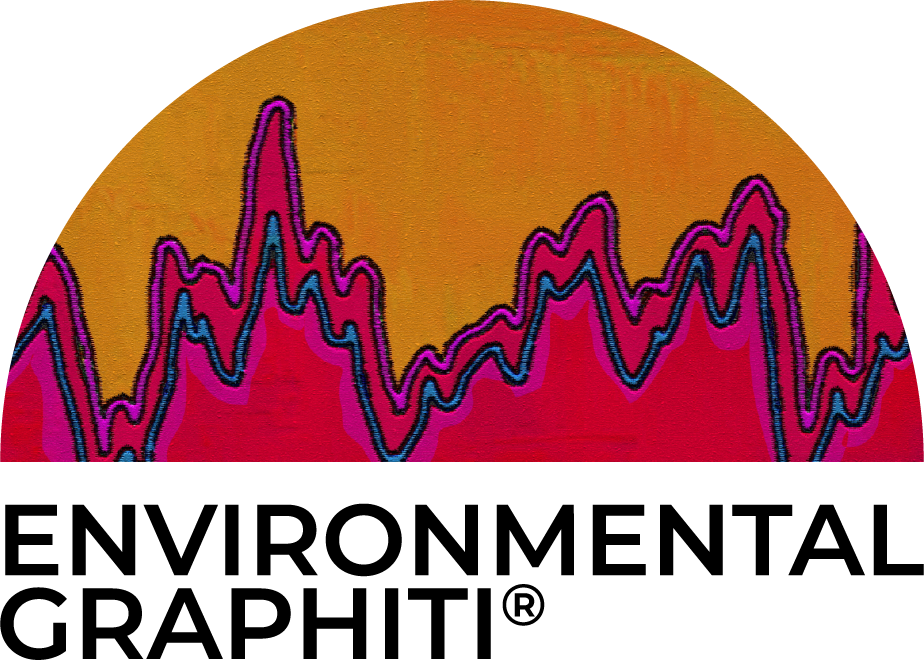Urban Heat Islands
The Art
The Science
“Many urban and suburban areas experience elevated temperatures compared to their out- lying rural surroundings; this difference in temperature is what constitutes an urban heat island. The annual mean air temperature of a city with one million or more people can
be 1.8 to 5.4°F … warmer than its surroundings, and on a clear, calm night, this temperature difference can be as much as 22°F ….
On a hot, sunny summer day, the sun can heat dry, exposed urban surfaces, like roofs and pavement, to temperatures 50 to 90°F …hotter than the air, while shaded or moist surfaces—often in more rural surroundings—remain close to air temperatures. Surface urban heat islands are typically present day and night, but tend to be strongest during the day when the sun is shining. ..
Elevated temperatures from urban heat islands, particularly during the summer, can affect a community’s environment
and quality of life. While some heat island impacts seem positive, such as lengthening the plant-growing season, most impacts are negative and include:
· Increased energy consumption
· Elevated emissions of air pollutants and greenhouse gases
· Compromised human health and comfort
· Impaired water quality. …”
U.S. Environmental Protection Agency. 2008. "Urban Heat Island Basics." In: Reducing Urban Heat Islands: Compendium of Strategies. Draft. https://www.epa.gov/heat-islands/ heat-island-compendium.
The way cities are built create the conditions:
…“Cities cut down trees and remove plants that provide shade and naturally cool the air.
They cover large areas with concrete and asphalt, which absorb heat during the day and release it at night.
They densely pack skyscrapers into urban canyons that limit wind flow and trap pockets of heat.
And their residents expel waste heat from gas car exhausts and air conditioners, helping to transform a hot day into an unbearable one...” How to Cool Down a City, Robles, Holder, White, New York Times 9-18-23
